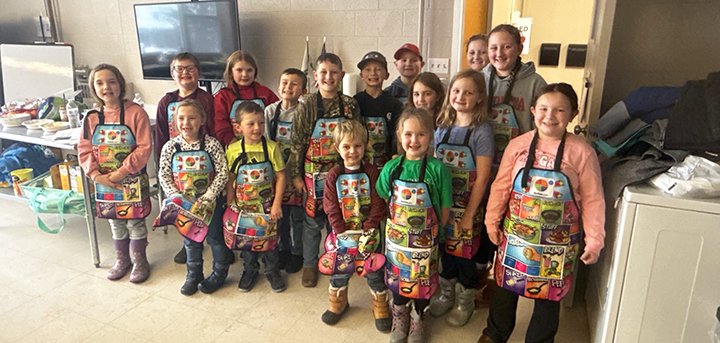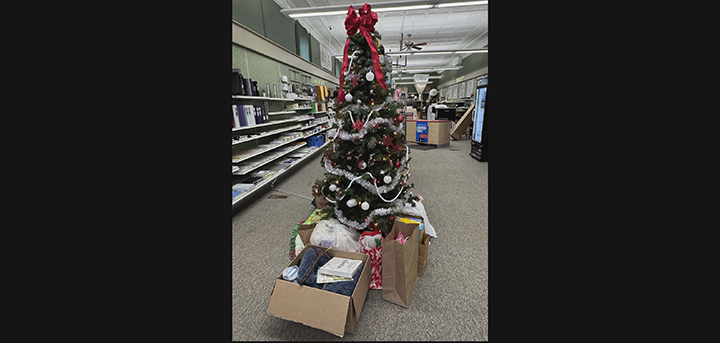Schools of the Past: Greene Road One, First School (1925-1932) – Part II
This week we will continue with Mrs. Thompson’s documentation as follows.
“Learning to write taught us Palmer Method script from the outset. As soon as we could form letters into words, rules began to appear. Writing words immediately brought strict rules of spelling, soon followed by more rules for sentences-grammar, punctuation, and all the rest. Our efforts were promptly marked for correction if we erred, and we practiced the corrections long enough to aid retention. Alt those rules were seen just the tools we needed to put writing on paper ourselves, where not in any way resented. Some parent of pupils in the school could not do that very well. My own father had only elementary education, but was able to own and manage a country store.











Comments